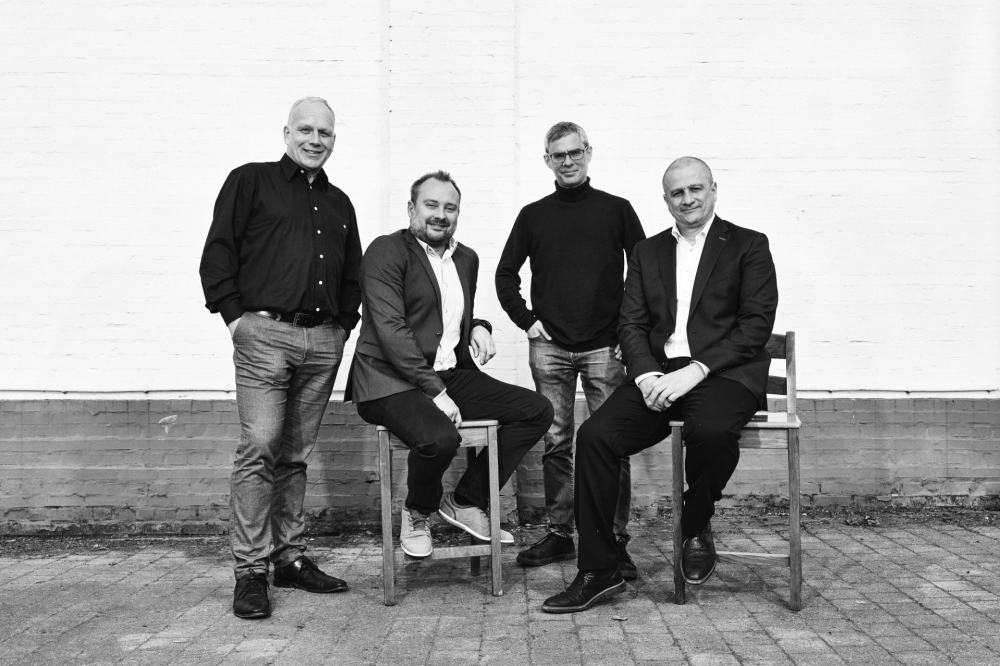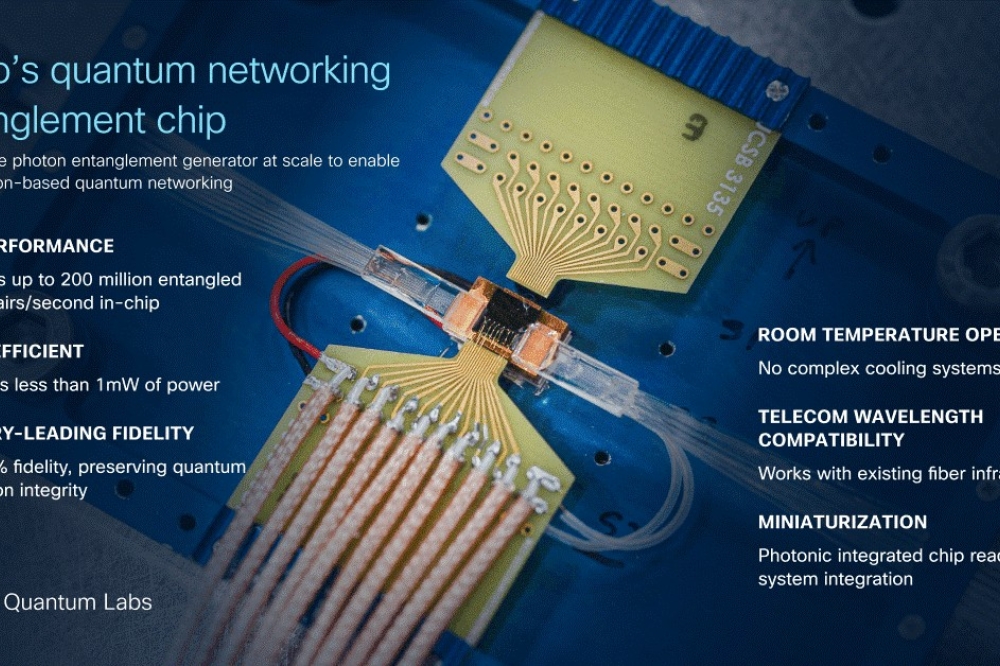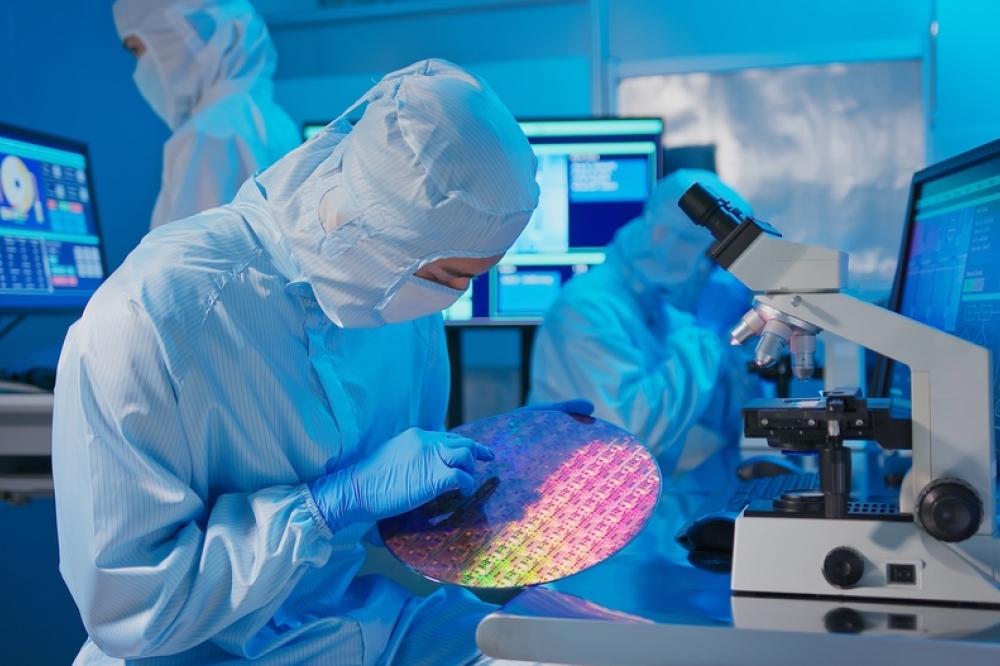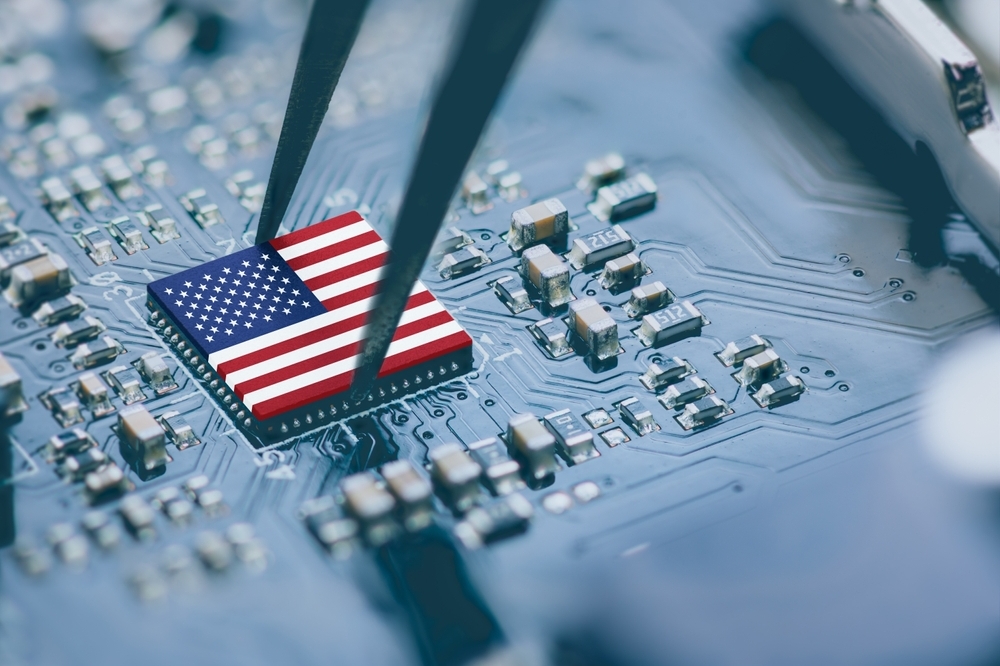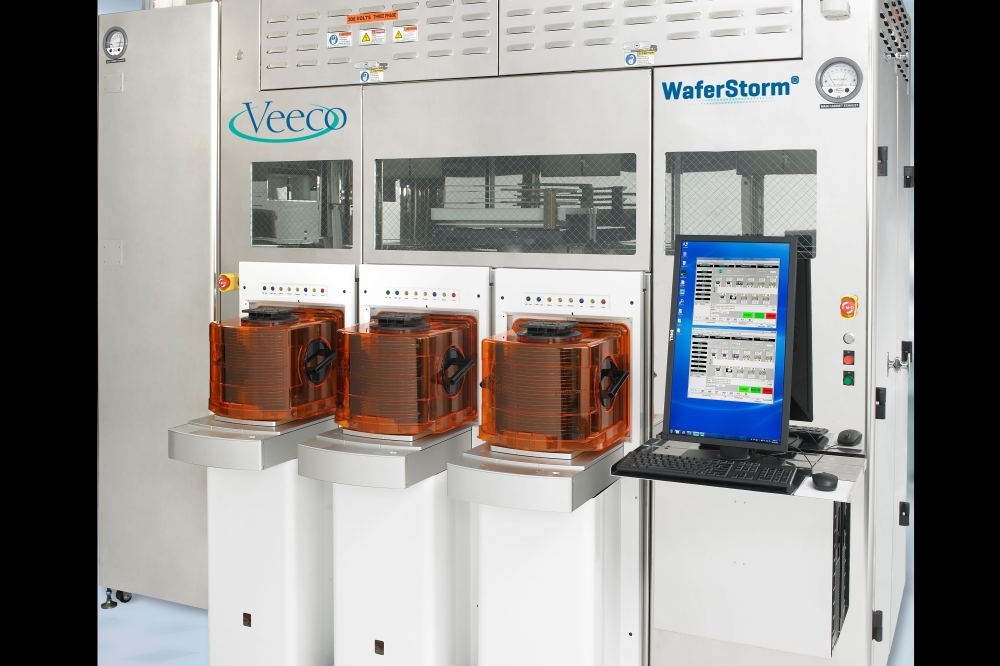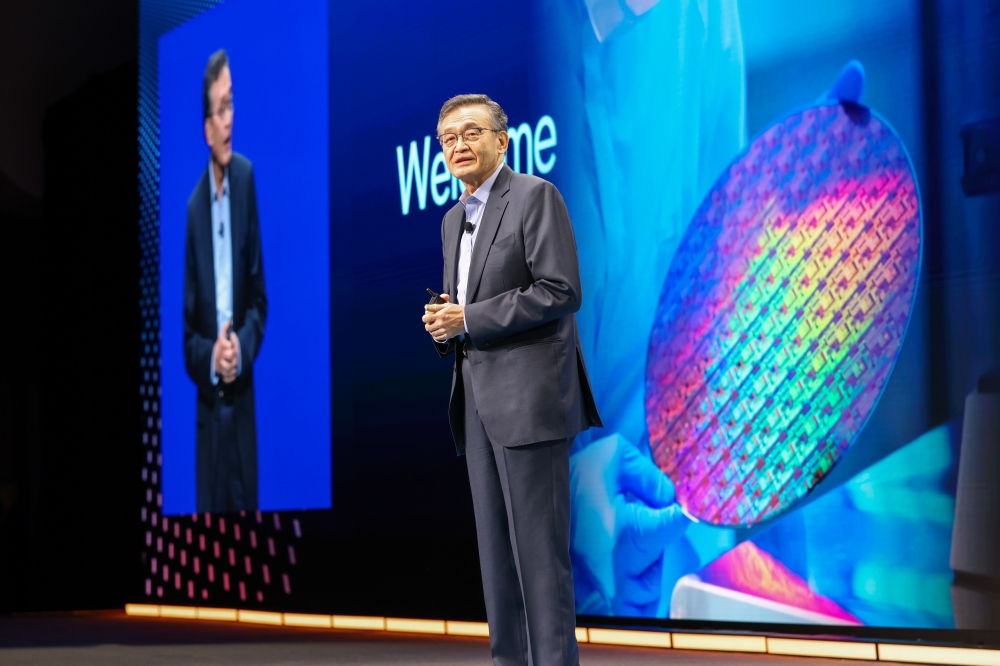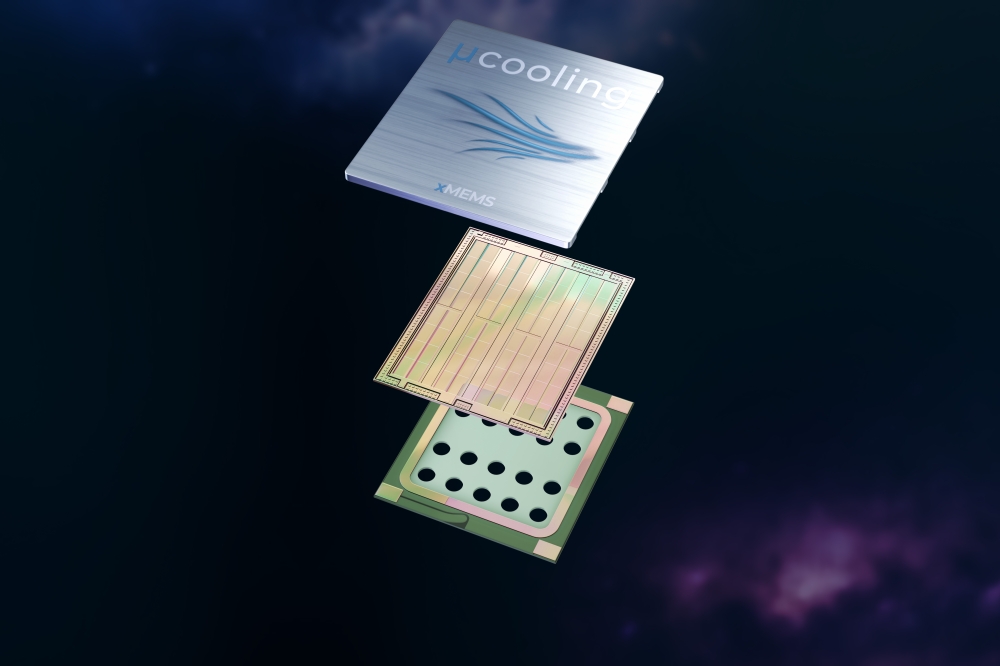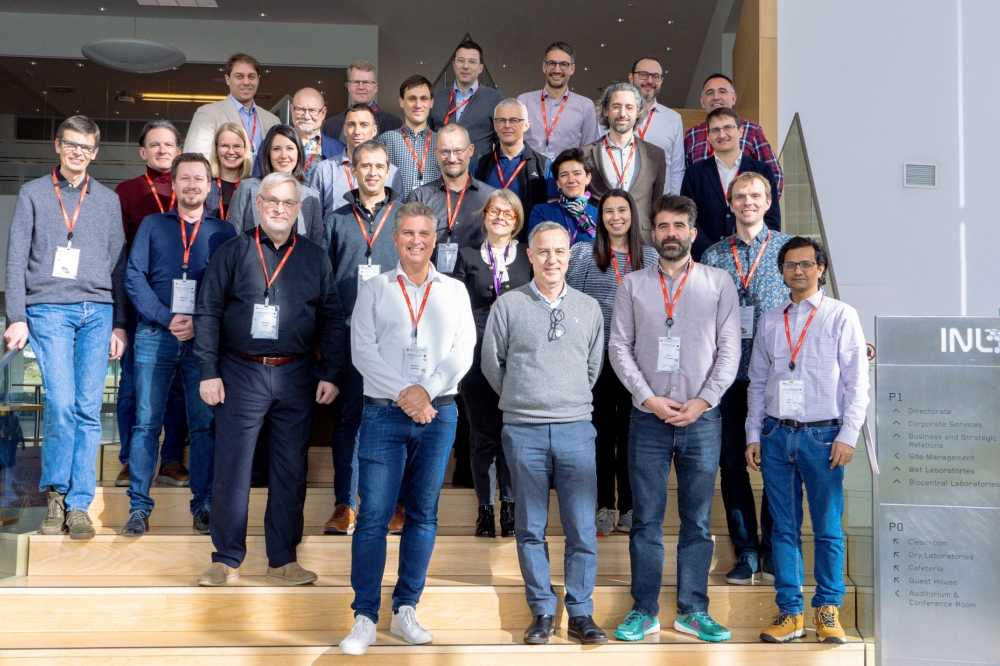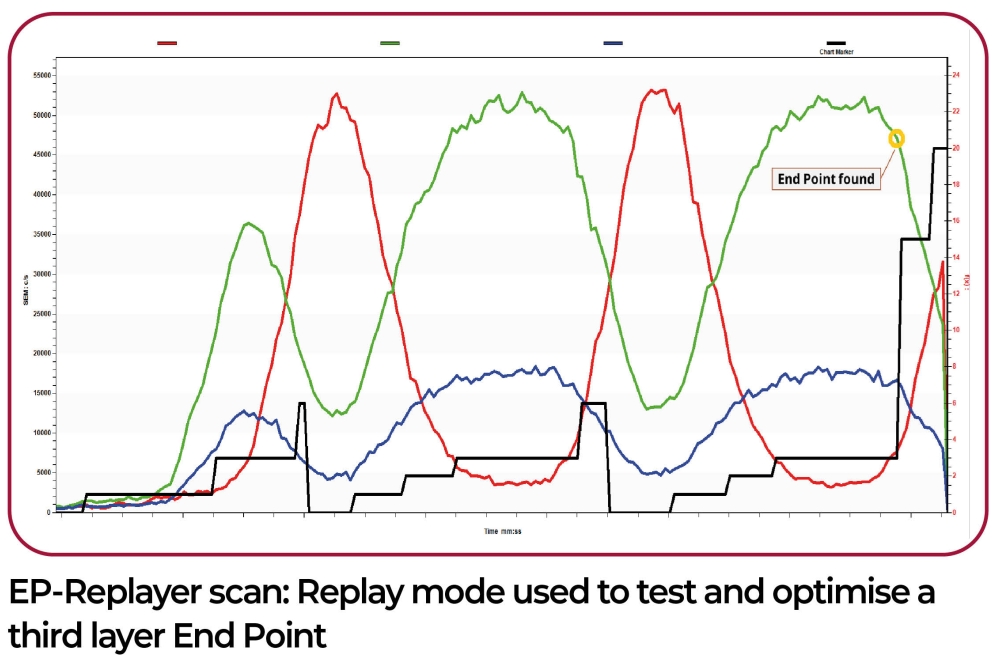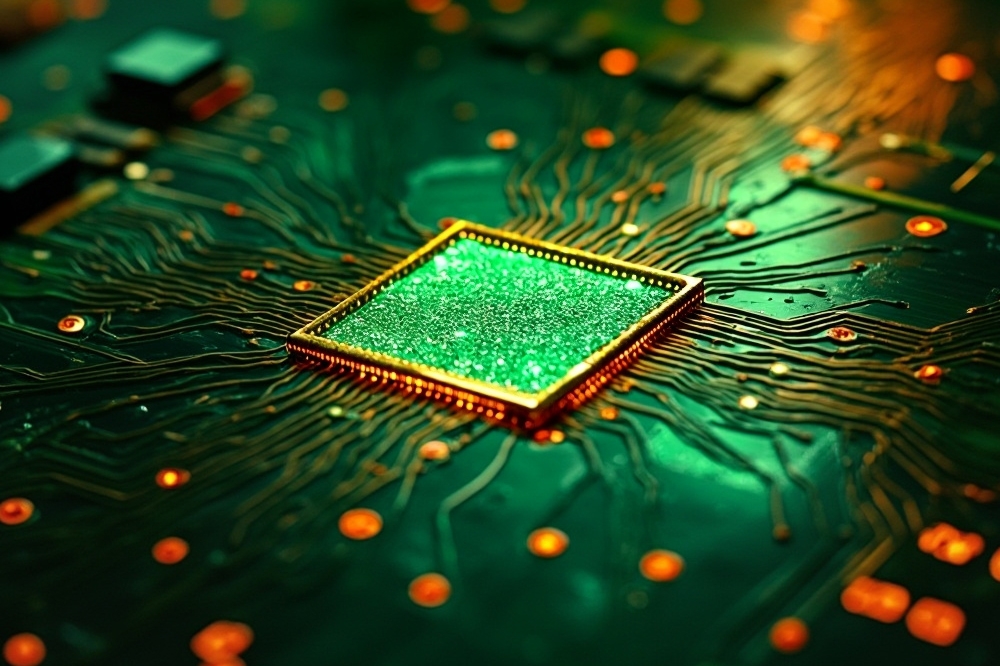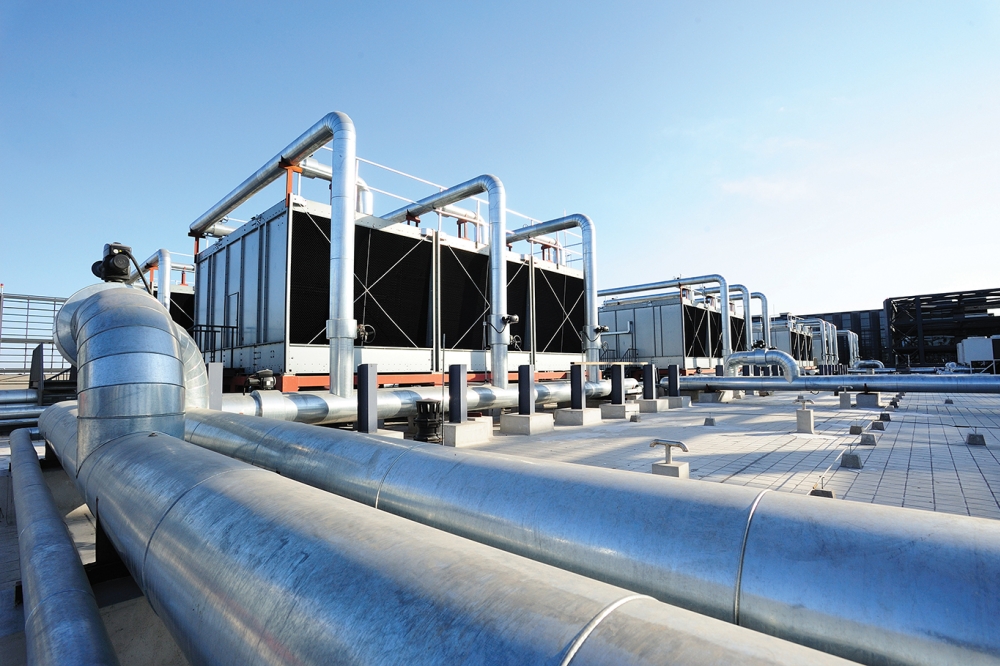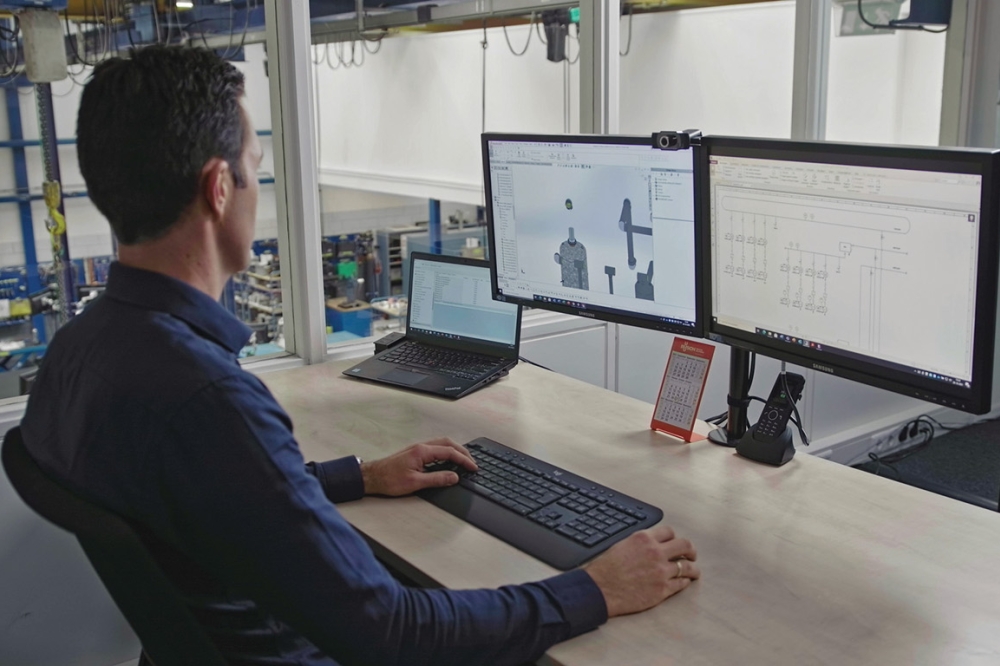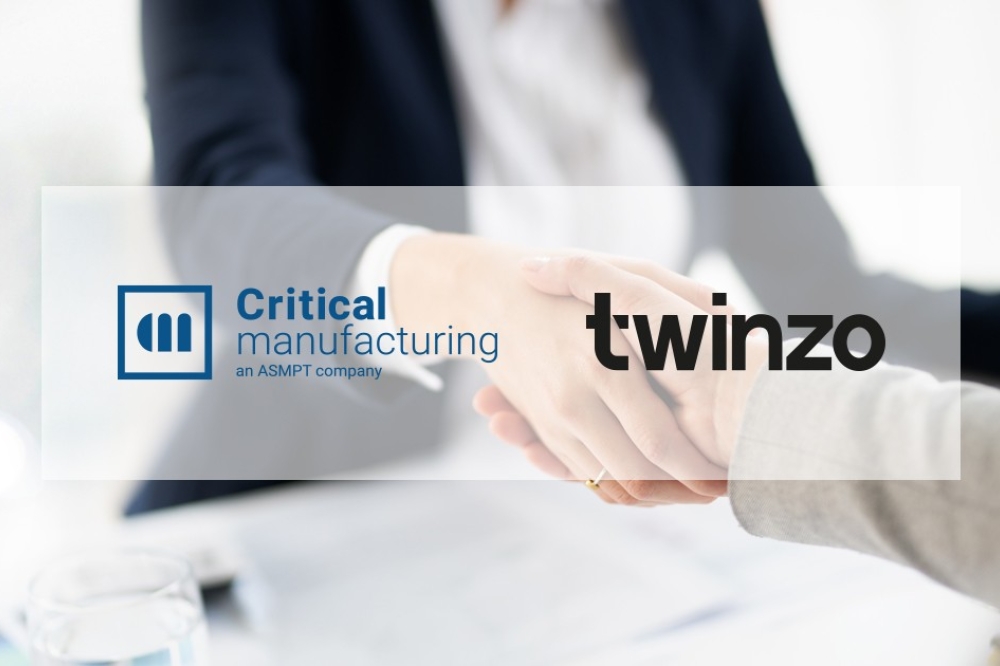Cadence unveils Millennium M2000 Supercomputer
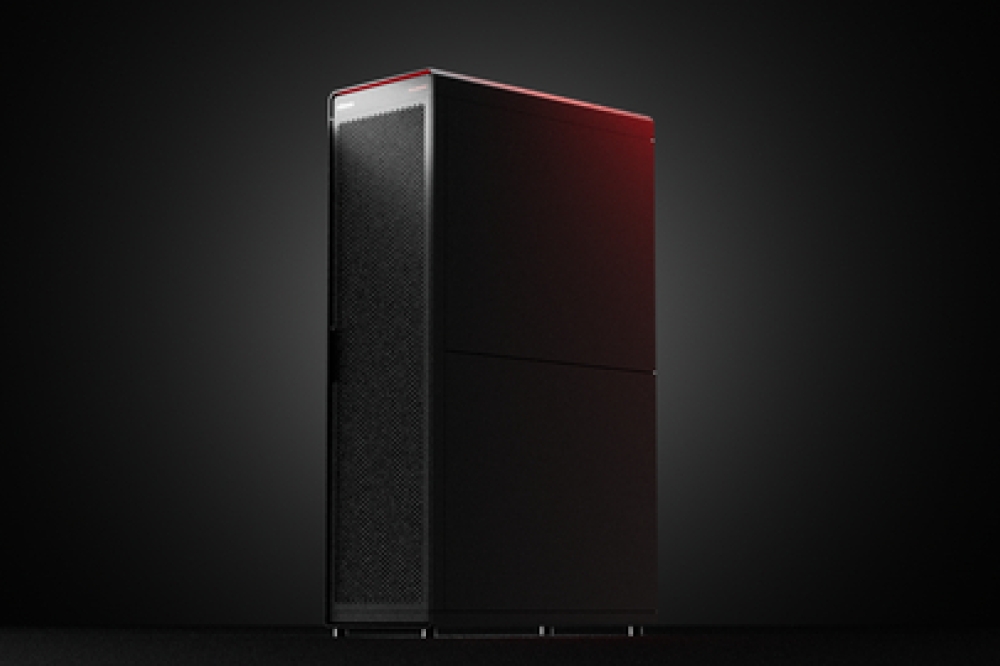
Cadence best-in-class simulation software integrated with NVIDIA Blackwell-accelerated compute enables 80X higher performance and 20X lower power.
At its annual flagship user event, CadenceLIVE Silicon Valley 2025, Cadence has revealed a major expansion of its Cadence® Millennium™ Enterprise Platform with the introduction of the new Millennium M2000 Supercomputer featuring NVIDIA Blackwell systems, which delivers AI-accelerated simulation at unprecedented speed and scale across engineering and drug design workloads.
The new supercomputer integrates Cadence’s industry-leading solvers with NVIDIA HGX B200 systems, NVIDIA RTX PRO 6000 Blackwell Server Edition GPUs and NVIDIA CUDA-X libraries and solver software. This powerful combination delivers dramatic reductions in simulation run times and up to 80X higher performance versus CPU-based systems for electronic design automation (EDA), system design and analysis (SDA), and drug discovery applications. The supercomputer provides a tightly co-optimized hardware-software stack that enables breakthrough performance with up to 20X lower power across multiple disciplines, accelerating the build-out of AI infrastructure, advancing physical AI machine design and pushing the frontiers of drug design.
“The Millennium M2000 Supercomputer will drive the next leap in AI-accelerated engineering by leveraging our massively scalable solvers, dedicated NVIDIA Blackwell-accelerated computing and AI to help designers continue to push the limits of what is possible,” said Anirudh Devgan, president and CEO of Cadence. “Purpose-built for the most advanced AI models of today and tomorrow, the Millennium M2000 Supercomputer delivers unprecedented designer productivity to propel the next generation of AI infrastructure, physical AI systems and drug discovery.”
“From biology to chip design, the world’s most complex engineering challenges require simulation at scales and speeds only possible with accelerated computing,” said Jensen Huang, founder and CEO of NVIDIA. “Built with NVIDIA Blackwell, CUDA-X and Cadence’s computational software, the Millennium M2000 Supercomputer is a new class of infrastructure: an AI factory for science to drive breakthroughs that will transform discovery across disciplines.”
The next generation of infrastructure AI, physical AI and sciences AI requires sophisticated computational capability in data centers and edge devices. Building upon the success of the Millennium M1 Supercomputer, which delivers breakthrough performance and energy efficiency for high-fidelity computational fluid dynamics (CFD) simulations, the Millennium M2000 Supercomputer harnesses Cadence’s broad array of EDA, SDA and molecular software solvers to perform massive simulations that were previously impossible, transforming approaches to semiconductor and 3D-IC design, data center digital twins, drug discovery modeling and other engineering challenges across the hyperscale computing, automotive, data center, and aerospace and defense markets.
Advancing Semiconductors and 3D-IC Design
The industry’s first purpose-built emulator for AI design, the Millennium M2000 Supercomputer combines all the multiphysics capabilities needed to analyze and optimize 3D-IC and advanced packaging designs, including power, thermal, stress/warpage and electromagnetics. This enables superior quality in a fraction of the time, ensuring engineering teams can achieve greater reliability and efficiency in their product development cycles. For example, traditional semiconductor chip-level power integrity simulations are limited to small windows of time. Customers can now deliver simulations in less than a day with one Millennium M2000 Supercomputer that previously would have taken hundreds of CPUs almost two weeks.
Accelerating Autonomous System Design
The AI infrastructure buildout requires a significant investment in data centers and compute infrastructure. Doing this in an energy- and resource-efficient manner is critical to delivering the next generation of foundation models from AI factories. Digital twins improve operational efficiencies, reduce risk and lower total power consumption. The Millennium M2000 Supercomputer accelerates the design and operation of these data center digital twins and the modeling process required for the racks, boards and equipment that power them.
The Millennium M2000 Supercomputer also enables high-accuracy and high-capacity virtual simulations of machines that will embody AI outside of data centers, such as autonomous transportation, drones and robotics. To design these systems effectively, the combination of accelerated compute and computational software unlocks improved designs in a shorter time by delivering virtual wind tunnels that can precisely simulate real-world conditions. Designers of electronic and mechatronic systems can now make crucial decisions in less than a day versus multiple days, saving both time and energy compared to using a CPU-based Top 500 supercomputer cluster with hundreds of thousands of processors.
Advancing Life Science Innovation
Cadence Molecular Sciences accelerates drug discovery by enabling pharmaceutical customers to perform more simulations in less time with the Millennium M2000 Supercomputer. Cadence’s Orion® Molecular Design Platform on Cadence OnCloud, available on the Millennium M2000 Supercomputer, equips researchers with unmatched computational power to speed up the discovery of potential drug candidates and enhance process scalability. As a result, customers can explore more design scenarios and iterations within tighter deadlines, leading to faster innovation and improved product development.

